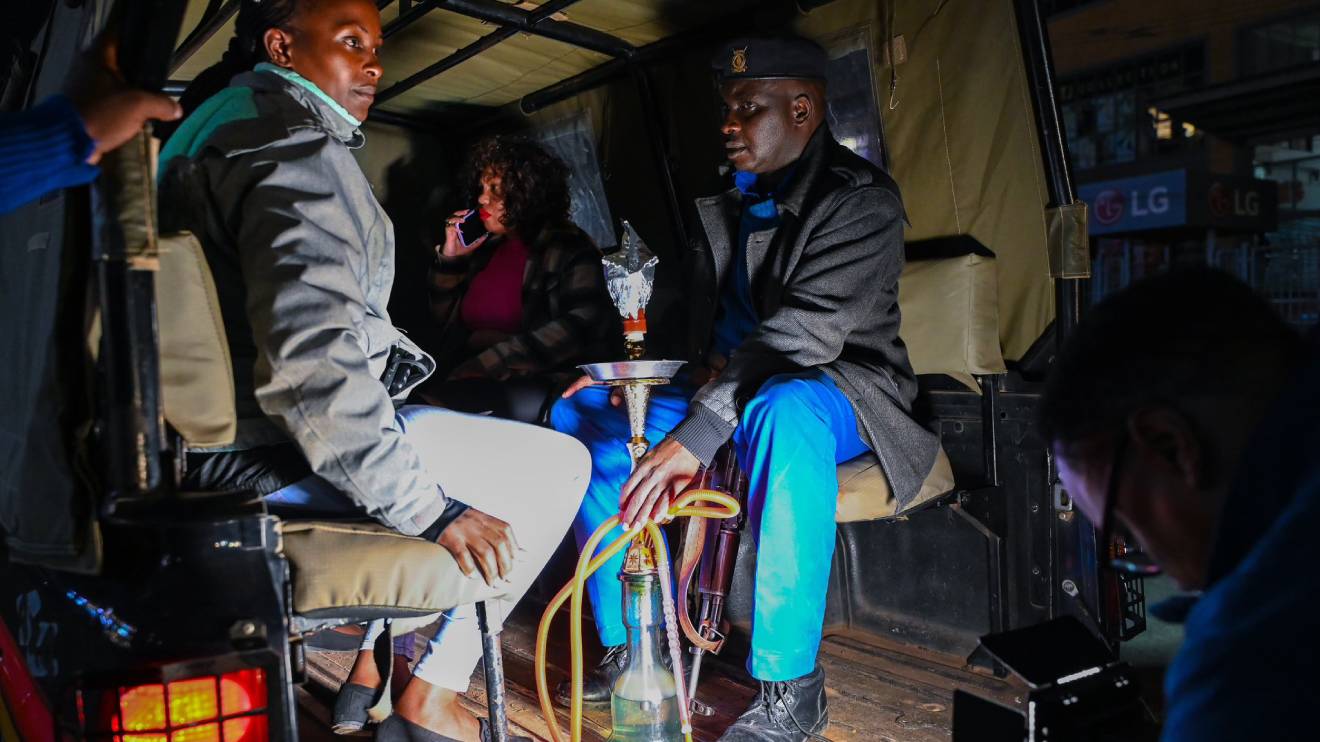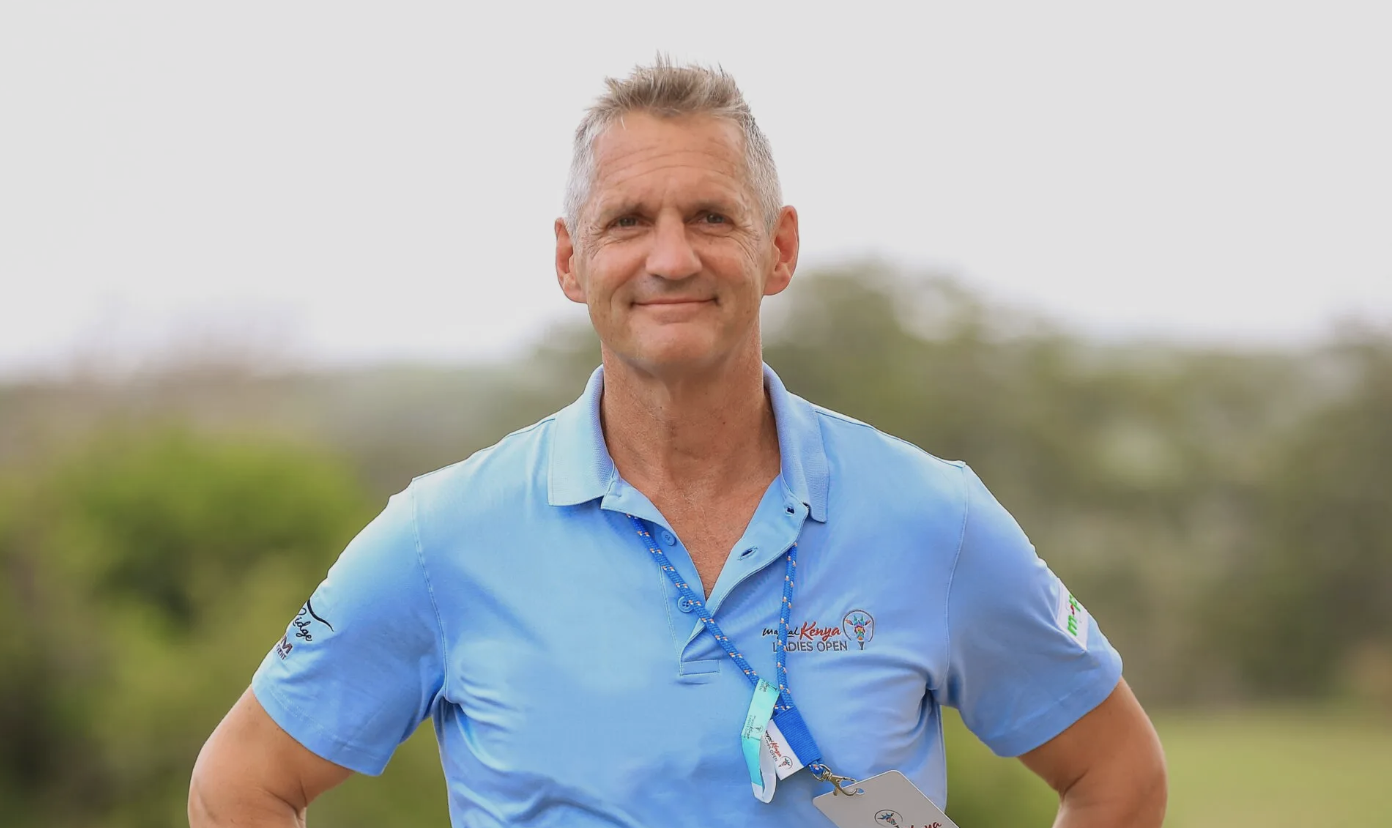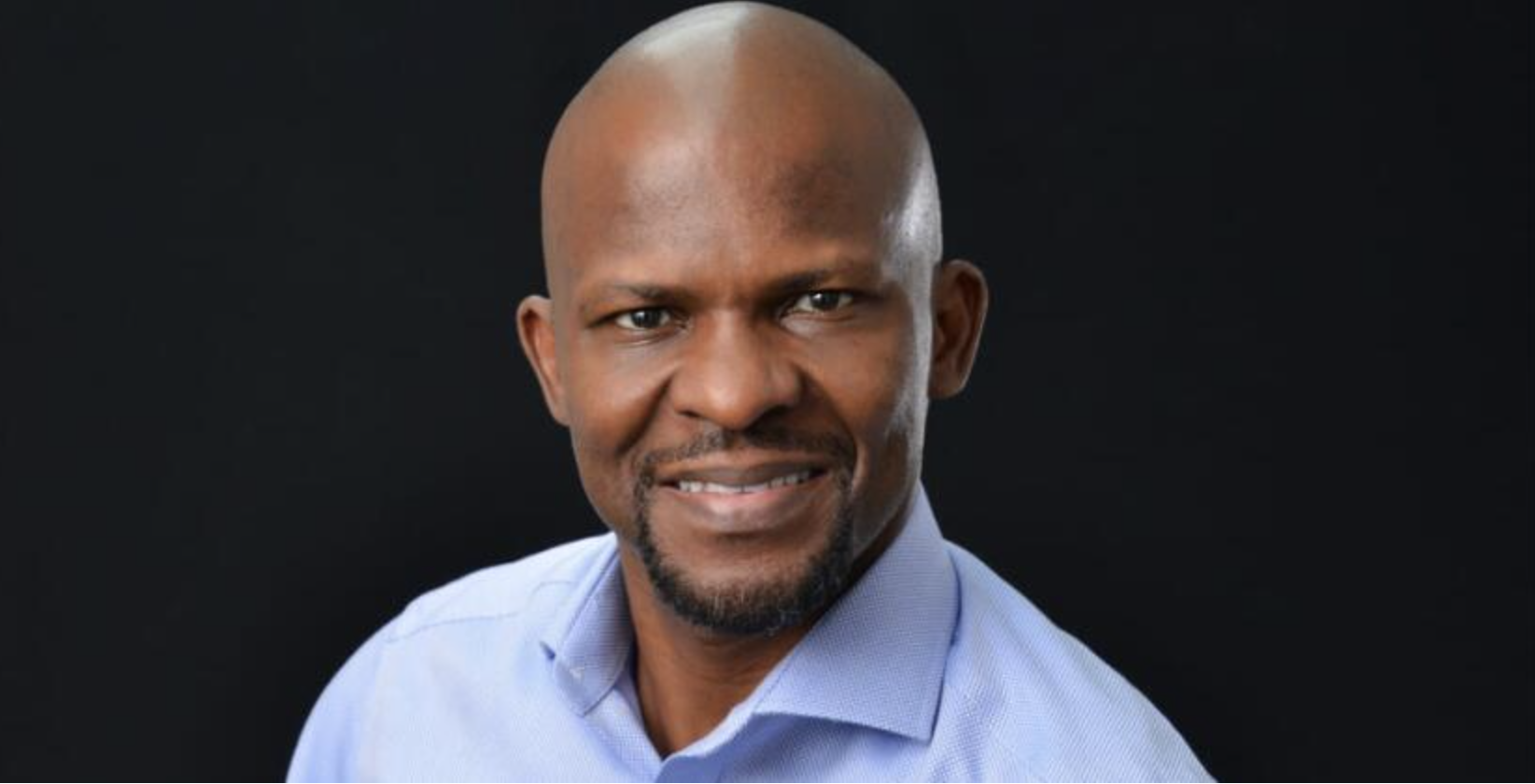A newly commissioned cleft care centre in Kumasi, Ghana is set to transform access to surgery and therapeutic services for children born with cleft conditions in the region.
The facility, developed by Smile Train and its partners, is now the largest of its kind in Africa, spanning close to 30,000 square feet and capable of serving up to 850 patients every year.
Located at the Komfo Anokye Teaching Hospital (KATH), the new complex—named the National Cleft Care Center – A Smile Train Cleft Leadership Center—marks a significant leap in cleft care provision, with both patient treatment and clinical training expected to increase severalfold.
The building’s inauguration is the result of a collaboration involving Smile Train, the Ghana Ministry of Health, the Ghana Cleft Foundation, and KATH.
The expansion means KATH will now be able to conduct 500 surgeries annually—up from the previous average of 100—and offer broader support to 350 individuals through comprehensive services such as nutritional education, speech therapy, orthodontics, psychosocial care, and oral health.
Read More
In total, the number of patients receiving integrated care will increase from 145 to 850 each year.
The initiative also aims to bridge a major gap in clinical expertise. By boosting surgical training capacity from 3 to 18, the centre intends to establish a lasting pipeline of local professionals trained in cleft procedures and long-term treatment planning.
Speaking on the project’s expected impact, Smile Train President and CEO Susannah Schaefer stated, “The impact of this center will be immediate and far-reaching. It means many more children will receive the life-changing care they need, and it means there will now be a steady supply of trained professionals who can carry this work forward for generations. This is how we create lasting change: by building capacity and empowering local health systems to lead the way.”
Smile Train has long advocated for care models that place capacity-building at the core.
By anchoring cleft services in local hospitals and pairing them with robust training programmes, the organisation aims to ensure long-term sustainability and self-sufficiency across health systems in lower- and middle-income countries.
Professor Peter Donkor, who serves as President of the Ghana Cleft Foundation, echoed this sentiment.
“This groundbreaking center will be a benchmark of quality surgical capacity in Africa and is a shining example of how Smile Train’s partnership-based model works,” he said.
“The opening of the National Cleft Care Center in Ghana exemplifies the long-term impact of investing in local health systems. This collaboration will help ensure that every child with a cleft has the opportunity to live a full, happy, and healthy life.”
Before the centre’s launch, access to cleft care in Ghana remained limited. Each year, around 700 babies are born with a cleft, yet the reach of surgical and rehabilitative services was far from adequate.
The new facility is expected to correct this imbalance by removing barriers related to distance, cost, and workforce shortages.
Beyond direct patient support, the centre is designed to serve as a regional training hub—providing instruction in cleft surgery, speech therapy, dental care, nutrition, and psychosocial support for practitioners from across Sub-Saharan Africa.
Dr. Paa Kwesi Baidoo, the Acting CEO of KATH, described the new development as pivotal.
“This four-way partnership marks a significant milestone in our commitment to strengthening Ghana’s healthcare infrastructure and expanding access to specialized care. The facility will enhance comprehensive care and continued progress in cleft care services,” he said.
“The National Cleft Care Center will not only serve children and families more but also train future cleft care providers and improve research efforts.”
The Kumasi facility becomes the latest addition to Smile Train’s global network of Cleft Leadership Centers, reaffirming the organisation’s mission to provide high-quality, localised cleft care through long-term partnerships.
With its scale and ambition, the Ghana centre stands poised to reshape the outlook for thousands of children in need—not just within the country’s borders, but throughout the wider region.

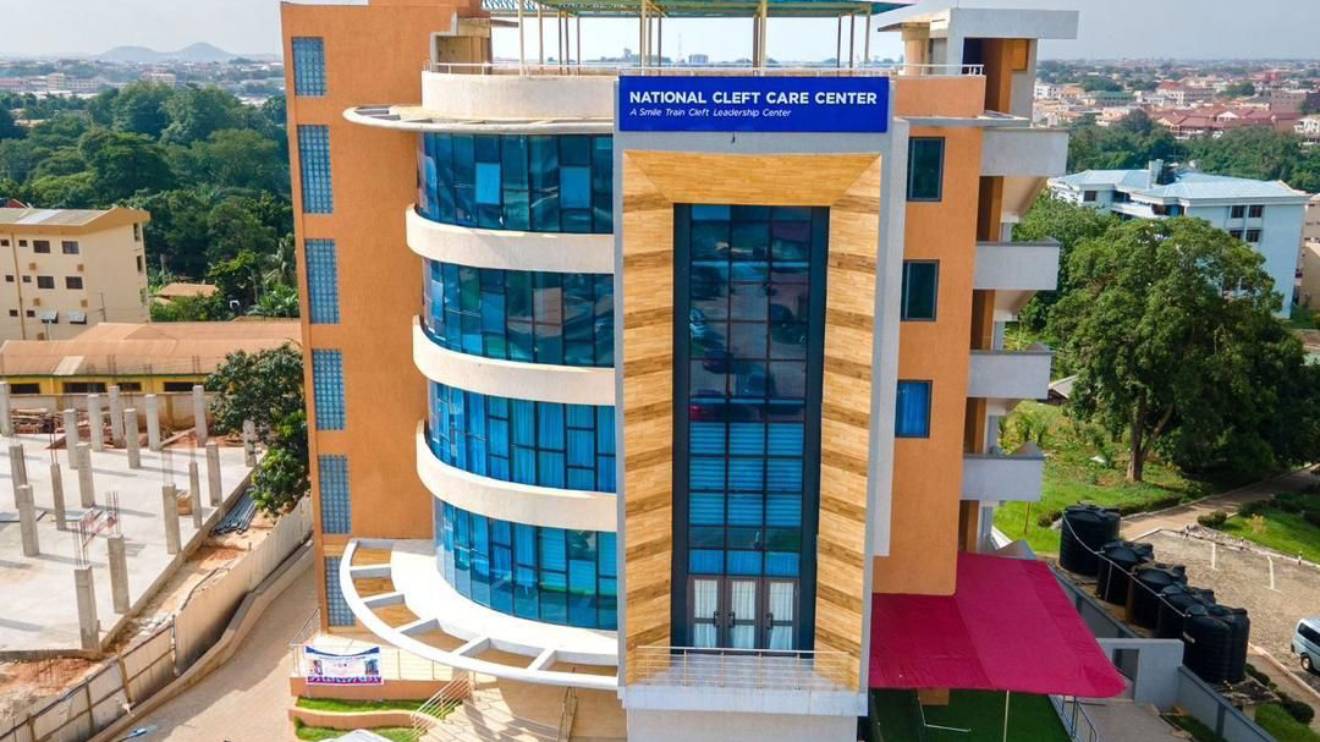

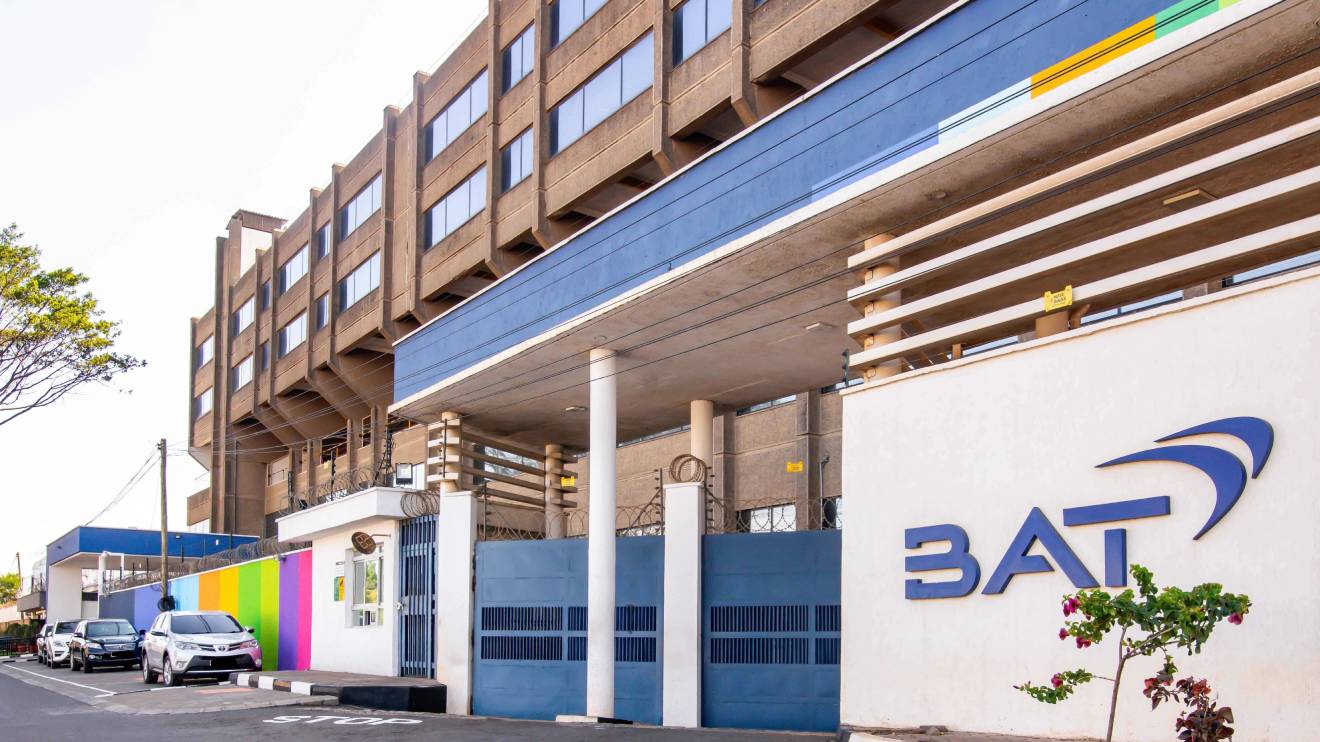
-1746531767.jpeg)

